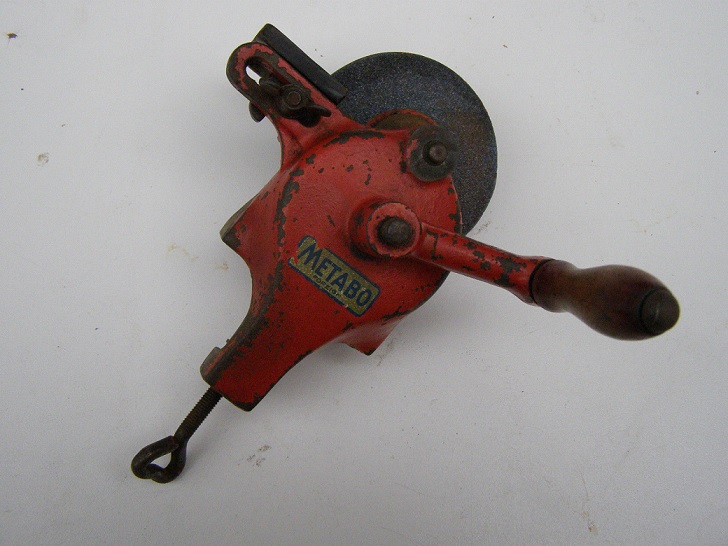Jacob":st5jtyej said:
Why not just hold the chisel at 30º? What does the jig doing that you can't do?
It's holding it at 30º. Which is what I can't do. I might well wind up learning how in short order, but right now I might as well use a bench grinder blindfolded, the end result wouldn't be much worse than my freehanding. And if I'm going to mangle a perfectly good chisel learning, I'd rather only mangle
one made from mediocre steel bought from a car boot and save the good steel of the few I already have with a jig.





